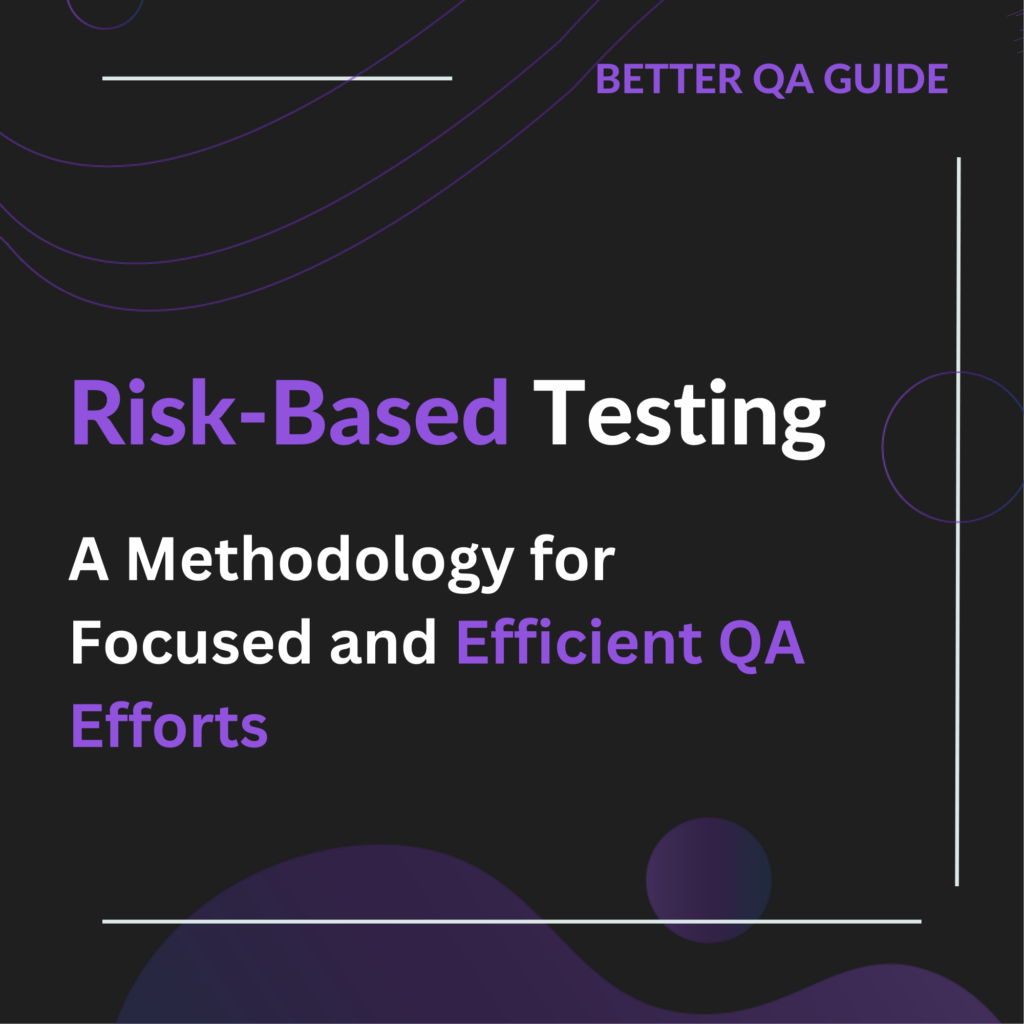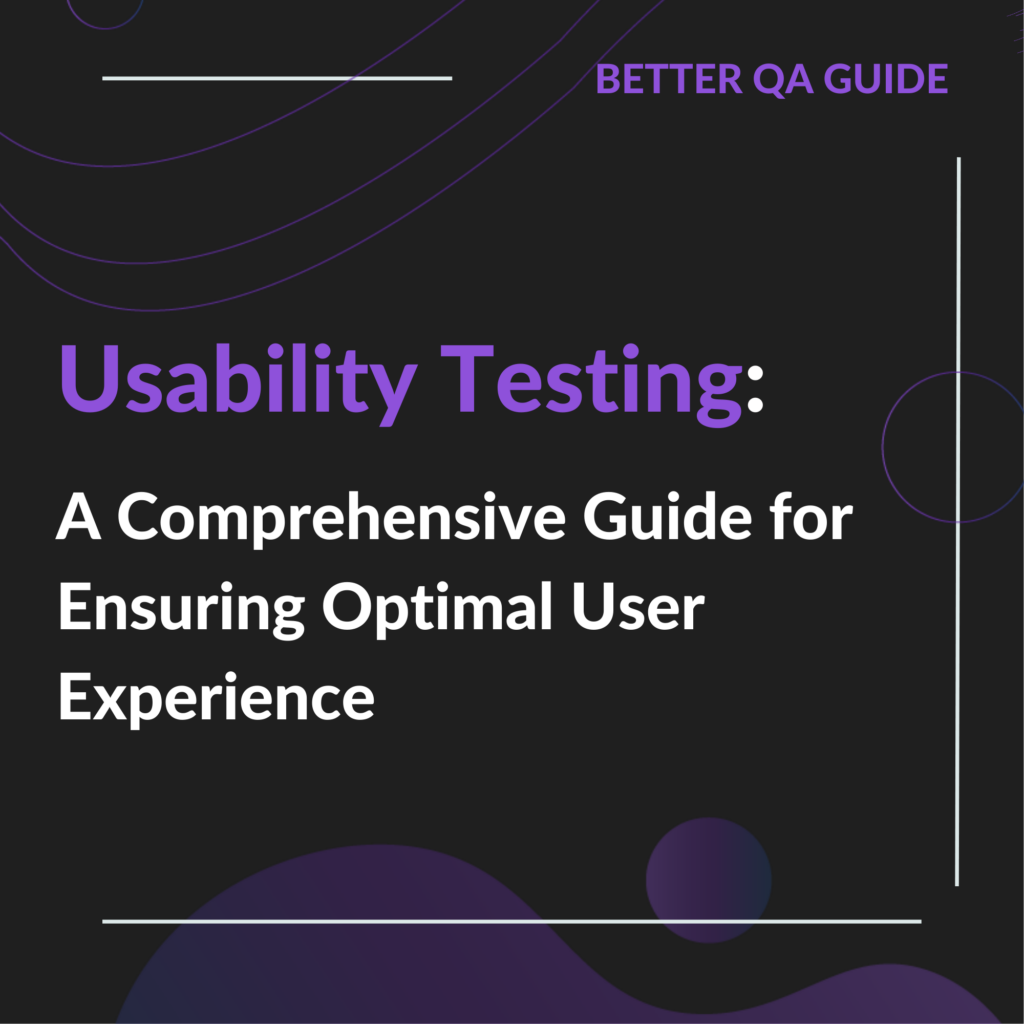Risk-Based Testing: Focused and Efficient QA Methodology

introduction In today’s fast-paced world of software development, it’s all about getting things done quickly without sacrificing quality. That’s where Risk-Based Testing (RBT) comes in. It helps QA teams focus their time and resources on the areas that matter most, ensuring that the software performs as expected and delivers a great user experience. In this […]
Test Environment Management: Setup and Best Practices

introduction Setting up a solid test environment is key to ensuring your software testing is both effective and efficient. A stable and well-managed environment helps you catch defects early, so your app behaves as expected before hitting production. In this article, we’ll walk through some best practices for setting up and maintaining your test environments, […]
Software Testing Revolution: Empowering QA Through AI Exploration

introduction Let’s be real: Artificial Intelligence (AI) is changing the game for Quality Assurance (QA). The way we approach software testing is evolving fast, and AI is at the heart of that change. It’s making testing smarter, faster, and more efficient, which means we can catch defects earlier and improve software quality. In this article, […]
Test Automation Frameworks: Choosing the Right One

introduction Alright, let’s talk about test automation. It’s a game-changer in software development. In a world where speed is everything, automated testing has become a must-have for Quality Assurance (QA). But here’s the thing—none of it works without a solid foundation. That’s where test automation frameworks come in. They provide the structure and consistency needed […]
Usability Testing

introduction If you want your app to stand out, making sure it’s easy and enjoyable to use is non-negotiable. That’s where usability testing comes in. Usability testing is all about checking how real users interact with your app, spotting potential problems, and making improvements to create a smoother experience. In this guide, we’ll break down […]
The Impact of Agile Methodology on QA Processes

introduction Agile has totally changed the game when it comes to software development. It’s all about flexibility, collaboration, and quick, iterative progress. But let’s be honest; this shift also has a big impact on Quality Assurance (QA) processes. With Agile’s ever-evolving requirements and fast-paced sprints, QA teams need to be quick on their feet. In […]
Browser Compatibility Testing

introduction Alright, let’s talk about something every web developer and QA team should care about: browser compatibility testing. Why? Well, with so many different browsers, devices, and operating systems out there, your web app has to work across all of them if you want to keep your users happy. You know how frustrating it is […]
Performance Testing: Tools, Techniques and Best Practices

introduction In today’s fast-paced digital world, the performance of your web applications can make or break the user experience. No one likes slow or unresponsive apps, right? That’s why performance testing is so important. It’s all about ensuring your app runs smoothly, quickly, and reliably, no matter what. In this article, we’ll talk about what […]
Building a Robust QA Strategy: A Step-by-Step Guide

introduction A solid Quality Assurance (QA) strategy is the backbone of delivering high-quality software that meets both user expectations and business goals. When implemented effectively, it can help reduce defects, improve user satisfaction, and keep your company ahead of the competition. In this article, we’ll walk through a step-by-step guide to building a strong QA […]